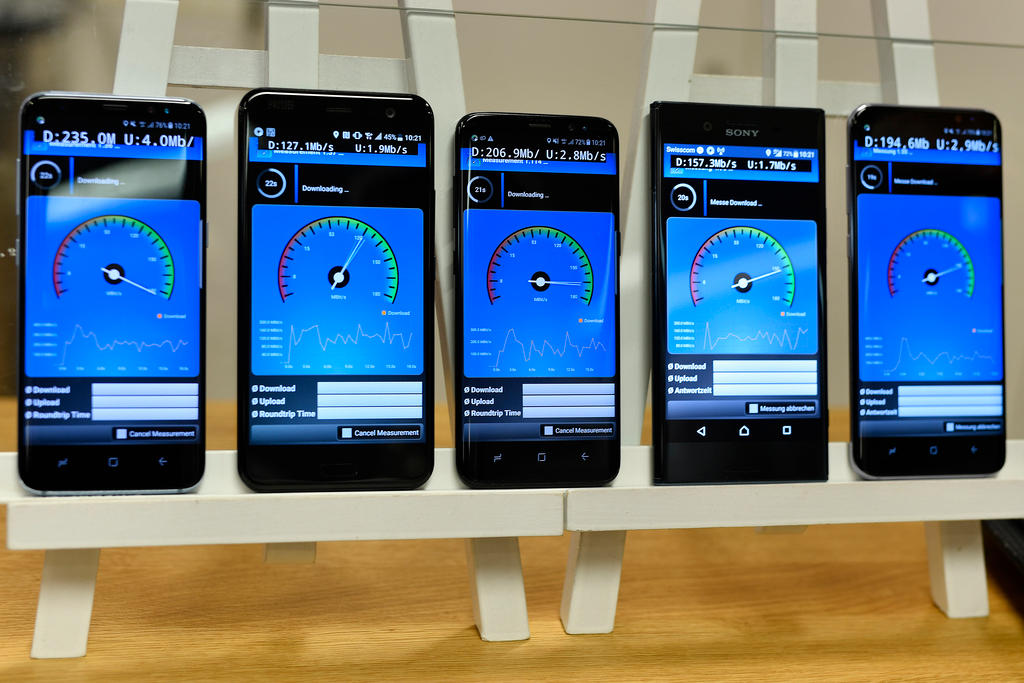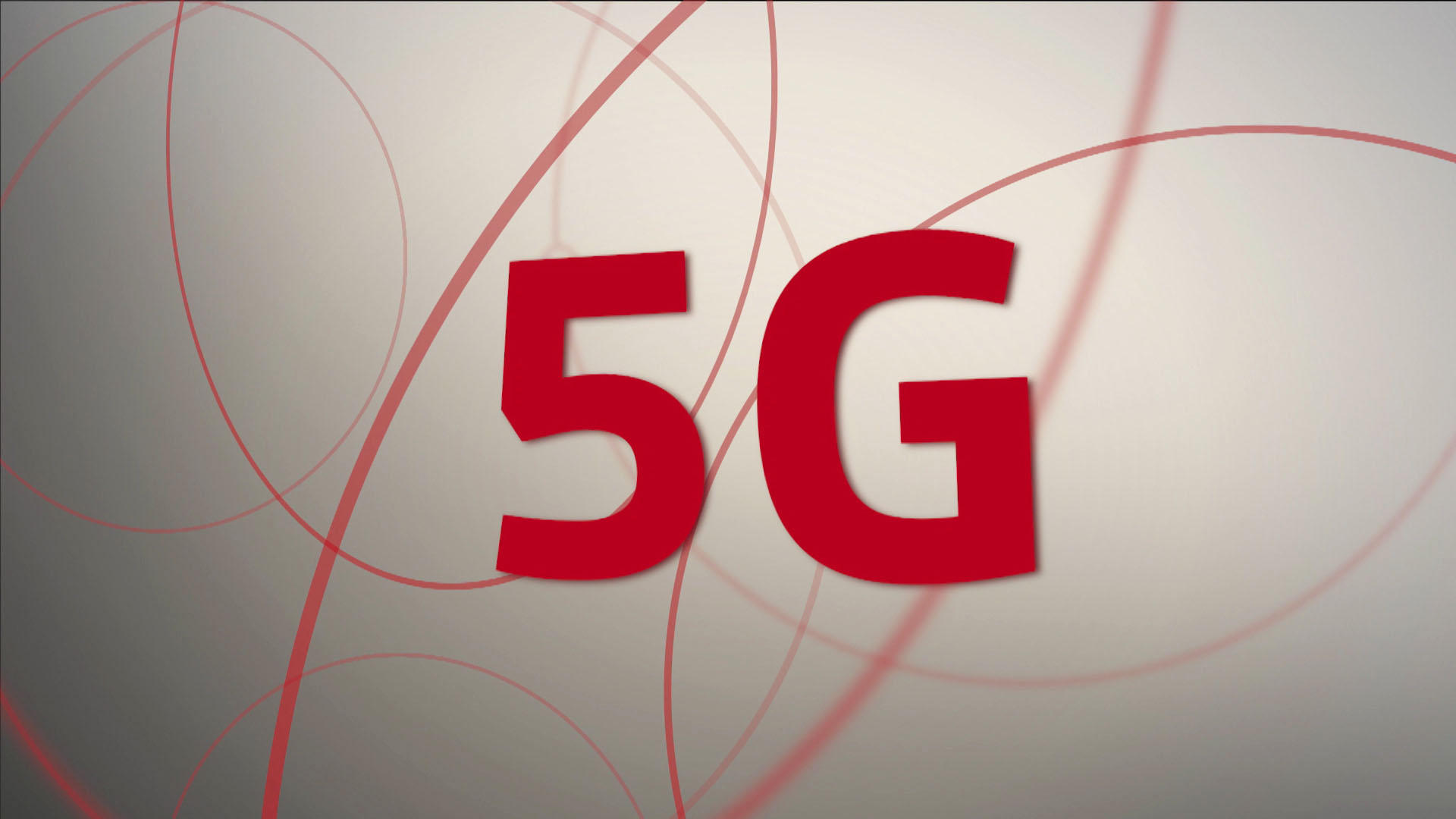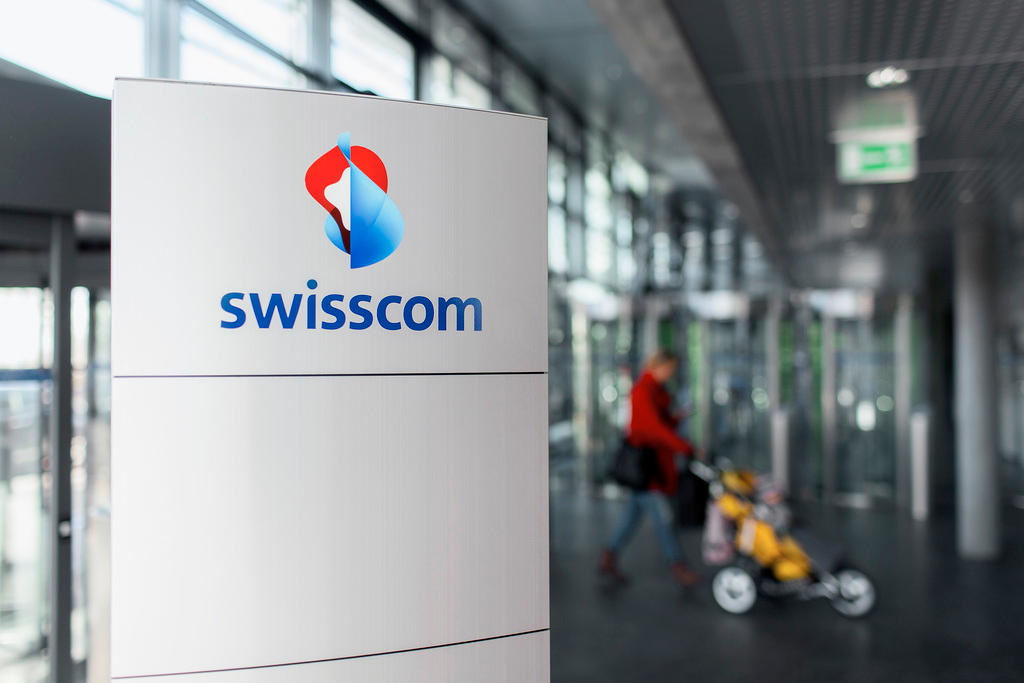Telecommunications: 5G is coming to Switzerland

Following a successful pilot project, Swiss telecom group Swisscom is ready to deploy 5G – shorthand for fifth generation wireless systems – at selected sites this year.
In a press releaseExternal link earlier this month, Swisscom said that it anticipates 5G coverage “throughout the Swiss territory” in 2020, adding that 5G-ready phones are expected to appear on the global market in early 2019.
In the spring of 2017, Swisscom partnered with medical device manufacturer Ypsomed to pilot 5G technology at every stage of the production chain for the fabrication of injection pensExternal link. Over the past year, the entire manufacturing process for the devices, which are used to administer medical treatments such as insulin, has been digitised using a 5G antenna – from the provision of raw materials to shipping and delivery.
“The results achieved with Ypsomed when applying 5G in production have exceeded our expectations and offer interesting future prospects”, said Heinz Herren, Swisscom’s Chief Information Officer and Chief Technology Officer, in a press release from the Bern-based manufacturer.
Swisscom said at the end of FebruaryExternal link that the first 5G hardware and software will be delivered by network supplier EricssonExternal link and integrated into the Swisscom mobile network by the end of the year.
However, while the rollout of the wireless technology in Switzerland has commenced a full two years ahead of schedule, the company noted that regulatory adjustments are still required before the 5G network is accessible to all.

More
Piloting 5G technology in Switzerland
Regulations and infrastructure
Swisscom said that one obstacle to nationwide 5G service is the current Ordinance on Protection from Non-Ionising RadiationExternal link (ONIR), which it says must be amended to allow “efficient use and development of extensive fully effective new-generation networks”. The ONIR, which entered into forceExternal link in Switzerland in 2000, sets maximum limits for electromagnetic field exposure from stationary installations like mobile communication masts, based on recommendations from the EU and the International Commission on Non-Ionizing radiation Protection (ICNIRPExternal link). Swisscom argues that the ONIR limits should be pushed back from 6 to 20 volts per metre to accommodate 5G in Switzerland.
In January, the ONIR limits also appeared in a report by the Swiss Business Federation economiesuisse on conditions that must change before the potential of 5G can be fully realised in Switzerland.

More
Is 5G mobile wireless a health risk?
“Although the Confederation has recently laid down the bases for the frequency allocation procedureExternal link, the other framework conditions prevent any forthcoming implementation of fifth-generation mobile networks and the exploitation of their potential”, economiesuisse said. In addition to modifying the “disproportionate” ONIR restrictions, the federation called for reducing the administrative burden borne by cantons and municipalities when modernising telecommunications infrastructure.
“The potential scope of 5G is immense and highly diversified: mobility, tourism, the health sector, training or retail, among others. These innovations cannot be achieved without a modern mobile phone infrastructure,” economiesuisse added in its press releaseExternal link.
Country comparison
Economiesuisse notes that Switzerland is “lagging behindExternal link” other countries when it comes to implementing 5G technology. The United States and China are especially advanced in this domain, with China currently enjoying the world’s biggest 5G marketExternal link. However, Switzerland appears to be more or less in line with the EU, which just this month External link agreed on a plan for freeing up radio frequencies for 5G services and aims to have the technology available to all 28 member countries by 2020.
Fifth generation wireless technology offers much faster data speeds for mobile communications than previous generations: up to 10 gigabits per secondExternal link, which is fast enough to download a high-definition movie in seconds, and up to 100 times fasterExternal link than current 4G technology.
Data capacity rates are also greater than those for 3G or 4G networks, while consuming less energy overall and offering improved efficiency.
Philippe Horisberger of Switzerland’s Federal Office of Communication (OFCOM) told Swiss Public Radio, RTS, in a March interviewExternal link that 5G would allow data to be sent from once device to another in 1 millisecond, compared to 50 milliseconds for 4G technologies. This kind of speed offers potential for the integration of 5G with other emerging technologies, notably smart mobility, virtual reality, and digitised health and industry processes.

In compliance with the JTI standards
More: SWI swissinfo.ch certified by the Journalism Trust Initiative












You can find an overview of ongoing debates with our journalists here . Please join us!
If you want to start a conversation about a topic raised in this article or want to report factual errors, email us at english@swissinfo.ch.